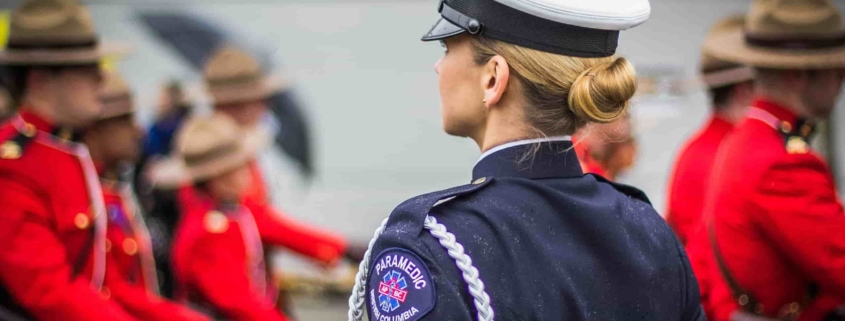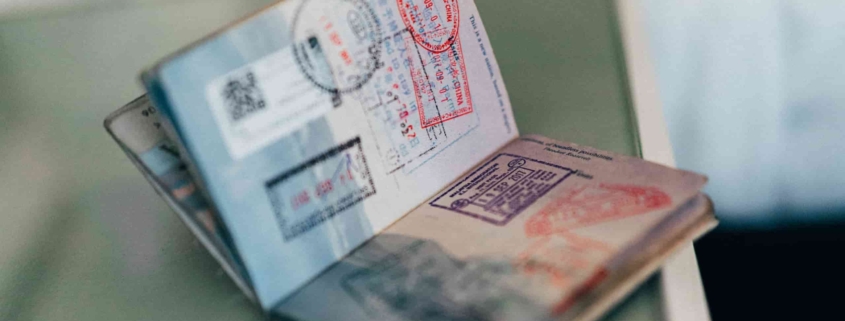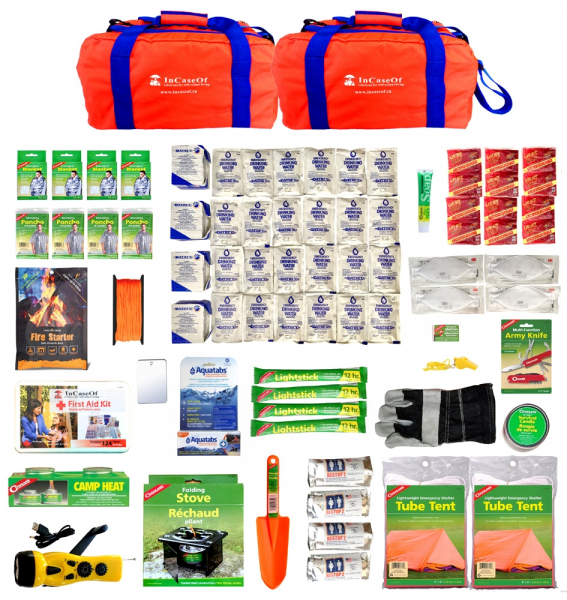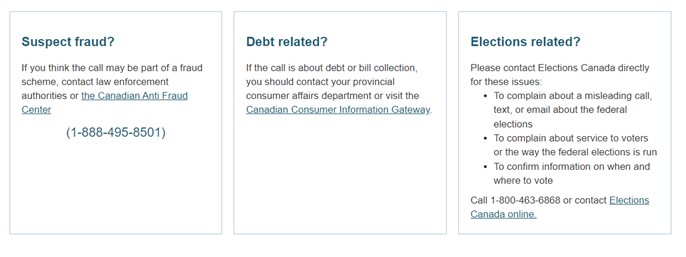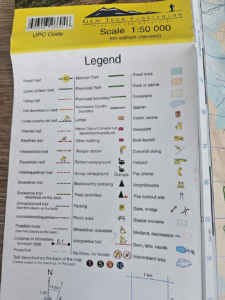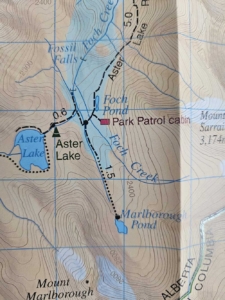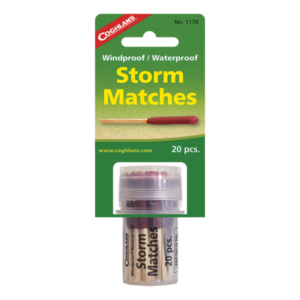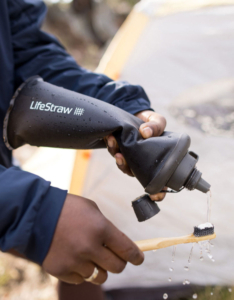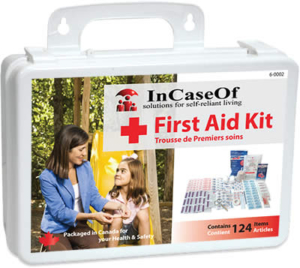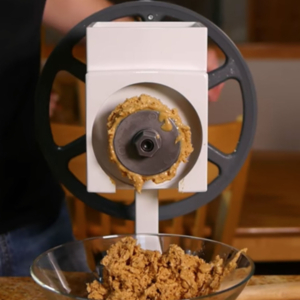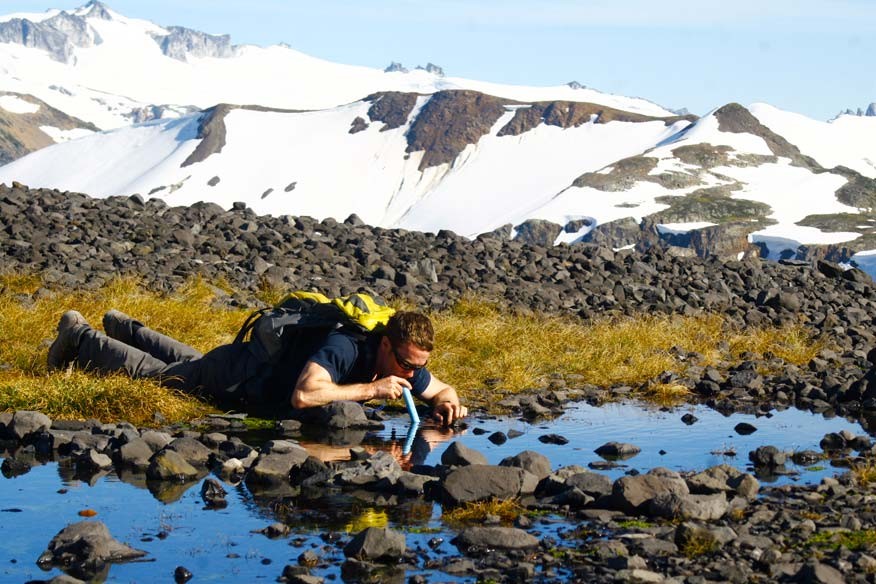This article is going to outline the different divisions and departments within Canadian Law Enforcement. I will outline the history of the RCMP and discuss the levels of policing including peace officers, bylaw officers and conservation officers.
A Legacy of Service RCMP:
- The Royal Canadian Mounted Police (RCMP) stands as an iconic symbol of law enforcement and public service in Canada.
- Founded in 1873 as the North-West Mounted Police (NWMP).
- Originally tasked with maintaining order in the Canadian territories. The NWMP earned the respect and admiration of many settlers within their scope of understanding they were committed to justice, fairness, and integrity.
- As with much history there are experiences that counter the previous statement. The beginning of the NWMP was a beneficial component to the history of our country.
- Over the years, the RCMP has evolved to encompass a wide range of responsibilities. This includes federal policing, national security, border enforcement, and community policing initiatives.
- In 1920, the organization was renamed the Royal Canadian Mounted Police. This was to reflect its national jurisdiction and dedication to upholding the law and serving all Canadians.
Police Officer (RCMP)
The RCMP fulfills a multitude of functions:
- Law Enforcement: The RCMP is responsible for enforcing federal laws, conducting criminal investigations, and apprehending offenders across Canada. Officers work diligently to combat crime, drug trafficking, cybercrime, and other serious public safety and security offenses.
- Community Policing: They collaborate with community organizations to address the needs and priorities of communities. Through proactive crime prevention initiatives (like school and youth programs) the RCMP strives to foster trust, dialogue, and cooperation.
- National Security: Plays an important role in the country’s security, protecting against terrorist threats, extremism, and foreign espionage.
- Emergency Response: During emergencies and natural disasters, the RCMP provides support and assistance to affected communities.

- Jurisdiction: Police officers operate within a defined boundary of their city, county, state, or federal territory.
- Training: To prepare there is extensive training at police academies or training facilities.
- Authority: RCMP are granted legal authority by the government to enforce laws, make arrests, and use force when necessary to protect themselves and others.
- Uniformed Presence: Police officers are recognized by their uniforms, badges, and patrol vehicles. Historically, the RCMP red uniform of the “Mounties” is a defining image for our country.
Peace Officer:
The term “peace officer” encompasses a wide range of law enforcement. Peace officers are authorized under the Peace Officer Act. In Alberta the government designates agencies and individuals with peace officer status for specific job functions. They are to “keep the peace” and that can vary in responsibility as needed.
There are two levels of Peace Officers in Alberta: Alberta Peace Officers and Community Peace Officers. Alberta Peace Officers perform a range of duties on behalf of the province. This includes fraud investigations, fish and wildlife enforcement, parks enforcement, traffic enforcement on Alberta highways, commercial vehicle enforcement, prisoner transport and court security. Each province and territory has their own rules and regulations.
Key characteristics of peace officers include:
- Authority to Maintain Peace
- Varied Roles and Responsibilities: For example, sheriff’s deputies may patrol rural areas and provide law enforcement services in unincorporated areas, while federal agents may investigate crimes related to specific federal laws or regulations.
- Legal Authority: Granted by the government to enforce laws, make arrests, and use force when necessary. The specific scope of their authority and responsibilities may vary based on their role and jurisdiction.
Bylaw Officer:
A bylaw officer (also known as a municipal law enforcement officer or community enforcement officer) is responsible for enforcing municipal bylaws and regulations within a specific jurisdiction. Bylaw officers are employed by municipal governments and focus on addressing issues related to public nuisance, property maintenance, zoning compliance, and other local regulations.
Key characteristics of bylaw officers include:
- Enforcement of Municipal Bylaws: Bylaw officers enforce noise ordinances, property maintenance standards, animal control regulations, and parking restrictions.
- Community Engagement: Bylaw officers engage with residents and businesses to educate them about local regulations, address complaints, and promote compliance through warnings, citations, and fines.
- Limited Authority: While they may have the power to issue fines or citations for bylaw violations, they do not have the same law enforcement authority as peace officers, such as making arrests for criminal offenses.
Conservation Officer:
Conservation officers in Canada are law enforcement professionals that protect and manage the country’s natural resources, wildlife, and environment. Also known as wildlife officers or conservation enforcement officers, they work for federal, provincial, or territorial government agencies responsible for conservation and environmental protection.
Key responsibilities of conservation officers in Canada include:
- Wildlife Protection: Investigates incidents of illegal hunting, poaching, and wildlife trafficking, and take appropriate enforcement action to prevent further harm to wildlife populations.
- Environmental Enforcement: Monitor compliance with laws and regulations, including habitat protection and pollution prevention. They may conduct inspections, issue permits, and respond to spills and habitat destruction.
- Public Education and Outreach: They provide educational programs, events, and public presentations to foster understanding and appreciation for Canada’s nature and wildlife.
- Law Enforcement: Conservation officers have the authority to enforce a wide range of laws and regulations related to conservation, wildlife protection, and environmental stewardship. They can conduct investigations, issue warnings or citations, make arrests, and pursue legal action.
- Emergency Response: To wildlife-related emergencies, natural disasters, and environmental incidents that pose risks to public safety or environmental health. They may assist in search and rescue operations, wildlife relocations, and disaster response efforts in collaboration with other emergency responders and agencies.
Conclusion:
At the core of our countries policing mission are the values of integrity, professionalism, respect, and compassion. There are a variety of divisions and all of these officers do their best to serve us. I for one am grateful for our free country!

